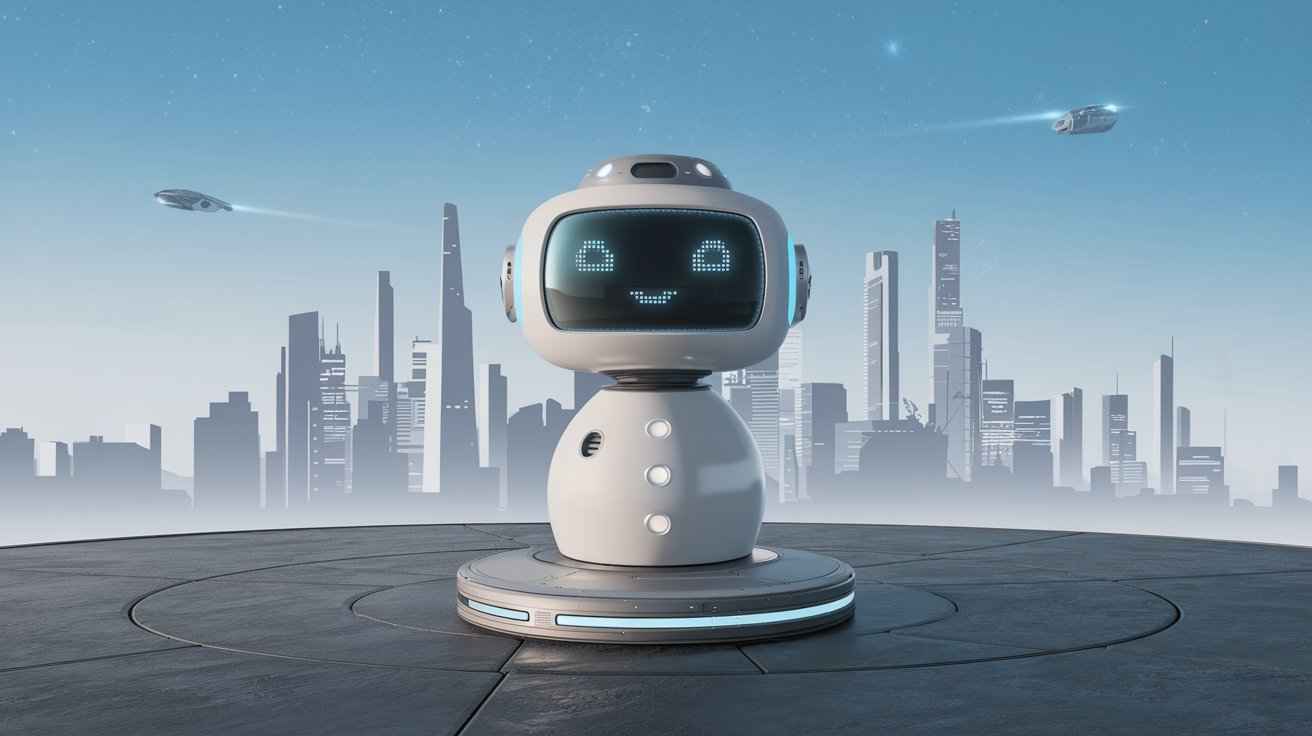AI chatbots are advanced tools designed to mimic human conversation using artificial intelligence. They analyze text or voice inputs, understand user intent, and generate relevant responses, making them invaluable for modern businesses and personal use.
How Do AI Chatbots Work?
- Input Analysis:
AI chatbots process user inputs via Natural Language Processing (NLP). NLP helps break down text into key components to understand the user’s request accurately. - Intent Recognition:
Using Machine Learning (ML), chatbots identify the user’s goal or intent behind the message. This allows them to decide how best to respond. - Response Generation:
The system generates an appropriate response, which can range from providing basic information to completing complex tasks like booking tickets or processing transactions. - Learning and Improvement:
Over time, chatbots learn from user interactions, continuously improving their accuracy and effectiveness.
Why Are Chatbots Popular?
- Cost-Effective: They save money by reducing reliance on human operators.
- Efficient: Handle large volumes of queries simultaneously.
- Always Available: Provide 24/7 assistance.
- Personalization: Tailor responses based on user behavior and history.
Use Cases of
- Customer Service:
Chatbots like Intercom manage queries, guide users, and escalate unresolved issues to human agents. - Retail & E-commerce:
Chatbots such as ChatGPT for Shopify recommend products based on browsing behavior, helping users make faster purchase decisions. - Healthcare:
Virtual assistants like HealthTap provide instant health advice and schedule doctor appointments.
Challenges in Using
While chatbots offer numerous benefits, they may:
- Struggle with highly complex or ambiguous queries.
- Lack emotional understanding in sensitive situations.
- Require ongoing training to stay relevant.

